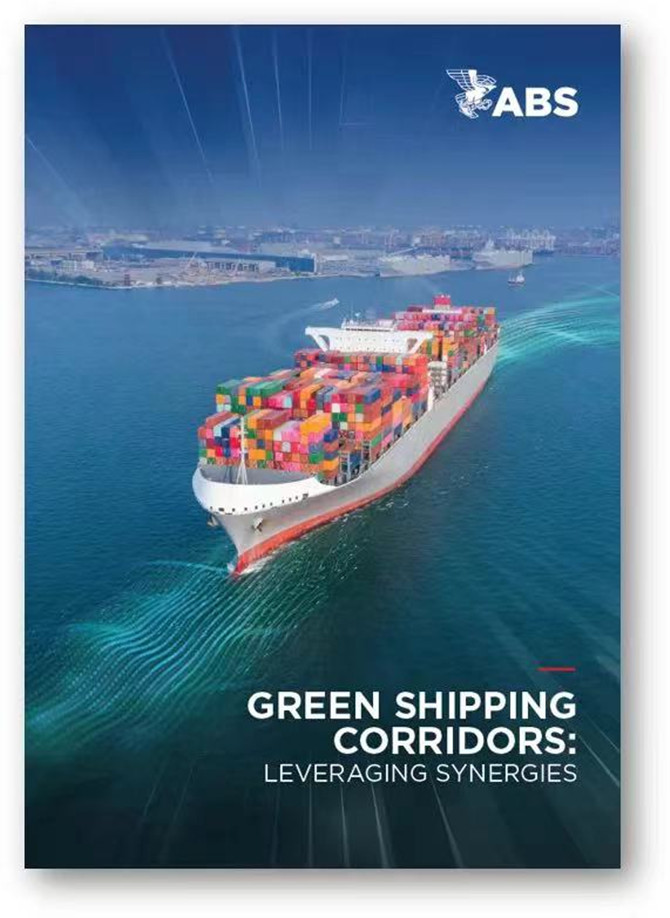As part of COP 26, 19 countries including the United States, United Kingdom, Chile, and Australia, signed the Clydebank Declaration, with the goal of supporting the establishment of at least six green corridors by the middle of this decade. In addition, the U.S. Department of State announced its aim to help set up green shipping corridors and provided high-level guidance on what can be expected as the building blocks for green shipping corridors.
Over the course of the next decade and beyond, green shipping corridors are expected to act as a catalyst for the global energy transition by providing frameworks for regional and international stakeholders to collaborate on maritime decarbonization goals while aligning with broader regional, national, and international decarbonization initiatives. As with all elements of the global energy transition, the number of stakeholders and the available resources, can prove challenging. Therefore, route selection must be a data-driven decision, with the goal of large-scale decarbonization and techno-economically feasible implementation.

Green Shipping Corridors: Leveraging Synergies, provides the foundation needed for making informed decisions regarding selecting, establishing and utilizing green shipping corridors, including:
· An overview of the concept of a green shipping corridor
· Frameworks currently in place
· Foundational elements needed to establish a corridor, including cross value chain collaboration, fuel availability, port readiness, regulatory and policy support
· Insights into emissions quantification
· Announced Green Shipping Corridors
Cooperation and collaboration are at the bedrock of any green shipping corridor and with its rich history of bringing together stakeholders from across the supply chain to achieve a common goal, shipping is poised to make this concept a reality.
The opinions expressed herein are the author's and not necessarily those of The Xinde Marine News.
Please Contact Us at:
media@xindemarine.com


 Ningbo Containerized Freight Index Weekly Commentar
Ningbo Containerized Freight Index Weekly Commentar  Ningbo Containerized Freight Index Weekly Commentar
Ningbo Containerized Freight Index Weekly Commentar  Ningbo Containerized Freight Index Weekly Commentar
Ningbo Containerized Freight Index Weekly Commentar  BIMCO Shipping Number of the Week: Bulker newbuildi
BIMCO Shipping Number of the Week: Bulker newbuildi  Ningbo Containerized Freight Index Weekly Commentar
Ningbo Containerized Freight Index Weekly Commentar  Ningbo Containerized Freight Index Weekly Commentar
Ningbo Containerized Freight Index Weekly Commentar